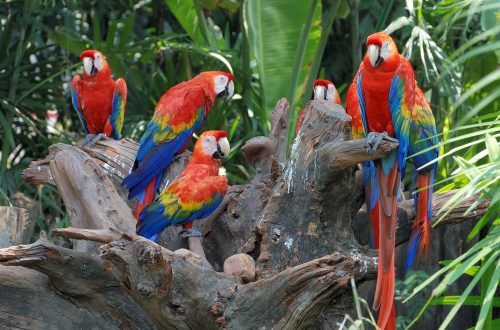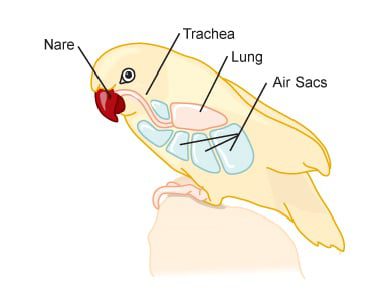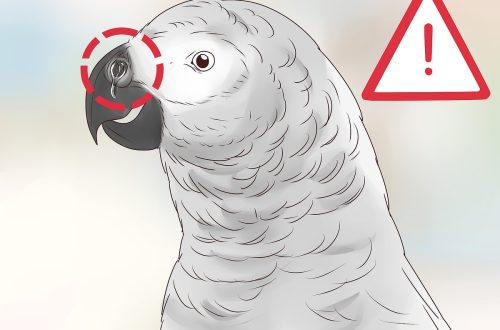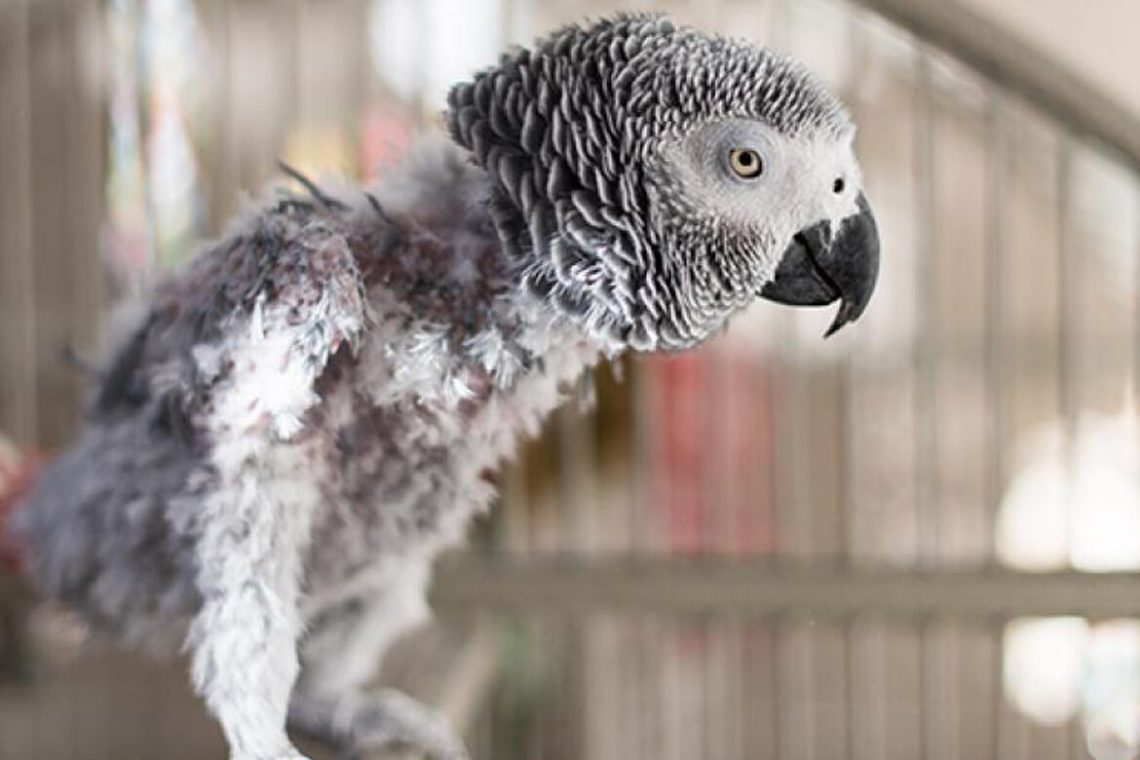
Molt in parrots
The fluff and feathers on and around the bottom of the cage are evidence that your parrot is shedding. This is the natural process of feather renewal in a bird.
For parrots, moulting is a great way to keep their appearance bright and colorful, which will undoubtedly attract a partner.
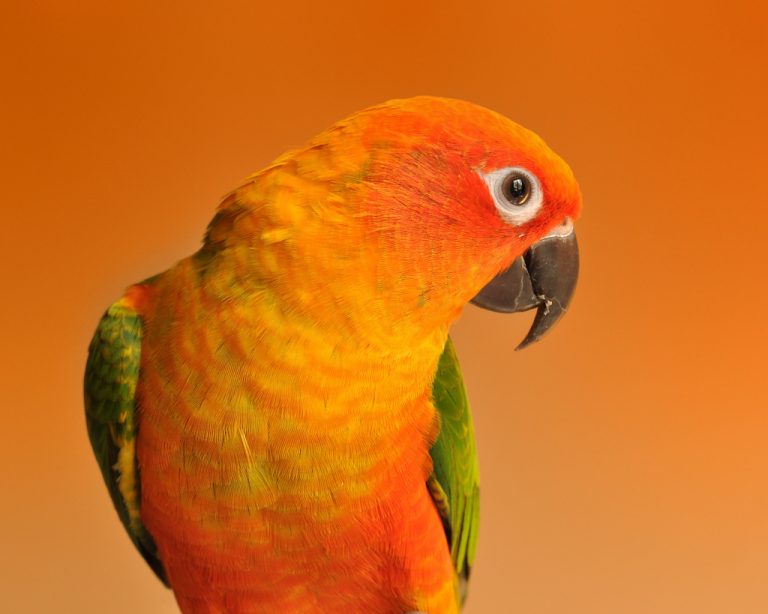
Some parrot owners noticed that after molting, their pet changed the shade of the feather.
In addition to the aesthetic purpose, clean and dense plumage ensures the health of the parrot, protects it and maintains a constant body temperature.
Often molting in birds occurs after the breeding season.
The molt is divided into juvenile (the first molt of young parrots) and periodic.
This process occurs gradually, at first you will see a little fluff on the cage tray, later, the number of feathers will increase, but the bird will not “bare”. If the feathers fall out in “shreds” and you see patches of your parrot’s skin, contact an ornithologist urgently. Since what happens to the bird is most likely a disease, and not an ordinary molt.
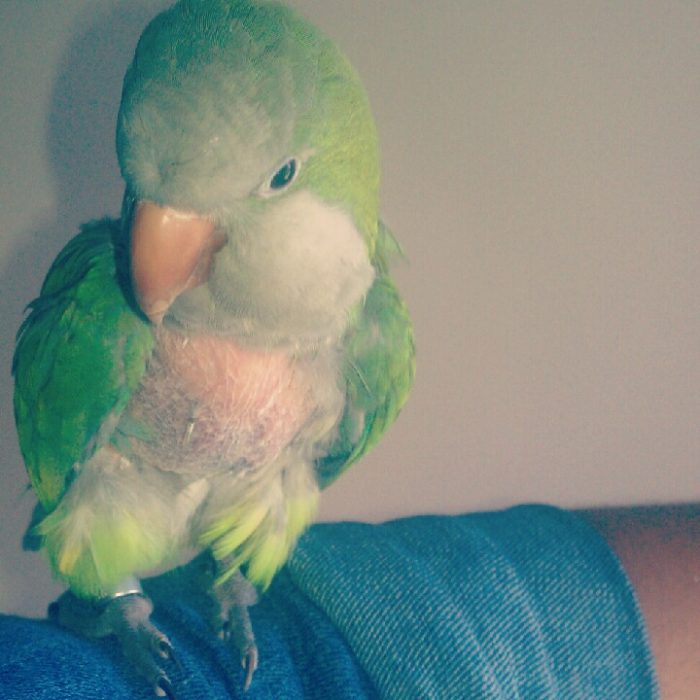
The duration and intensity of molting is always different.
The length of the feather renewal period depends on various reasons: the type of parrot and its age, general health, stress (fear), nutritional value, seasonal factor, daylight hours and whether there is access to sunlight, reproduction (its frequency) and diseases.
In some species of parrots, molting occurs once a year, in others every six months, or does not stop all their lives (but in this case, the intensity of feather loss is at the lowest level).
Molting also does not last the same for all parrots, some take a week or two to “change their wardrobe”, other species molt for several months – this applies, first of all, to large species of parrots.
Amazons, cockatoos and grays begin to shed from 9-10 months.
The presence of molting should not affect your parrot’s ability to fly, as the feathers fall out symmetrically and balance is maintained. First, the inner primary flight feathers fall out, then the secondary and feathers in the tail.
This does not apply to young birds undergoing their first molt. Since they have no flight experience, the chicks have a chance to “miss” the perch during landing or not reach the desired branch. Try to limit babies in flights at the peak of molting.
If your parrot is losing too many flight feathers, let him sit in a cage for several days until the plumage grows back.
It is strictly forbidden to breed parrots during their molting!
If the molt is uneven, the beak exfoliates, blood spots are visible in the place of the fallen feathers, and the parrot cannot fly, check the bird with an ornithologist for a diagnosis of French molt.
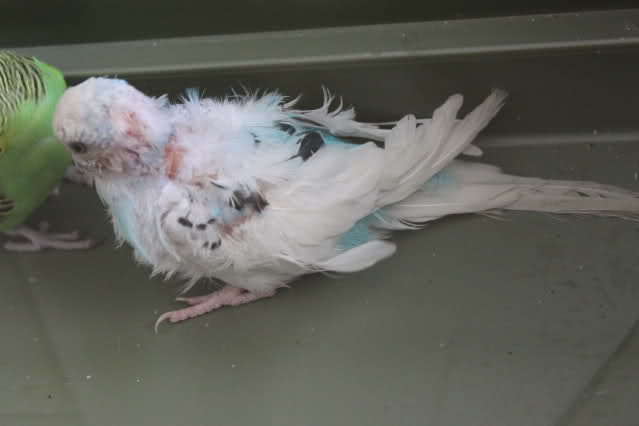
This is a very serious disease for which there is no cure, only supportive therapy.
Moulting in budgerigars
Budgerigars do not have a clear molting schedule, as too many factors influence this process. But you can see that a serious molt most often occurs once or twice a year, and there are also several superficial (quick) plumage changes associated with an increase in temperature, a change in daylight hours, etc.
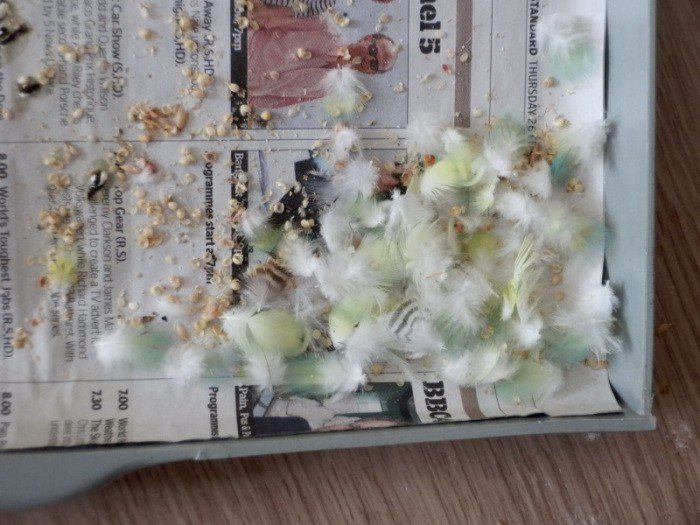
The first molt begins in young animals, when the chick is 2,5-4 months old. It can last several months with short breaks. Completely stops with the end of the puberty of the bird.
First, fluff appears in the chicks’ cage, then you begin to notice “stumps” on the parrot’s head. Then feathers appear in place of the “sticks”.
Photos of the budgerigar before and after juvenile molting:
Moulting for a feathered bird is a kind of stress, you may notice sudden irritability, aggression, lethargy, shyness or lack of appetite in your bird. She begins to itch, annoying itching pesters her constantly, so at this time you may have difficulty communicating with the bird. A parrot during molting is reluctant to make contact and loses interest in toys.
It is not necessary that all these signs appear in one bird. A few of them are the norm, but if everything, and the molt itself is very long in time, then there is reason to worry about the health of your parrot. A change in bird droppings may also indicate the presence of a disease.
Since metabolic processes are activated, the need for vitamins increases in the parrot.
When your pet sheds too much, it may not be shedding, but self-plucking. There can be several reasons for such behavior: psychological (the bird is bored, bored, afraid), physically inactive or unable to move and fly enough, excess/lack of sunlight, too dry/humid air, illness.
In order for the molting period to pass as easily and quickly as possible without compromising health, your pet needs a little help.
Nutrition during molting
Make bird salads with sesame seeds.
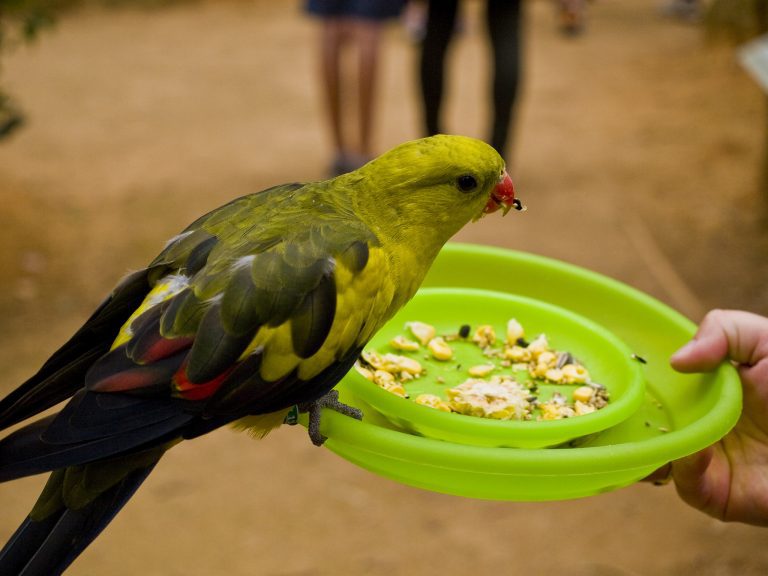
Make sure that sepia, mineral stone, mineral mixture and chalk are in sufficient quantities.
In a veterinary pharmacy, you can buy sulfur and add it with the calculation: 2 teaspoons min. mixtures + sulfur on the tip of a knife (you can buy Tsamax for parrots instead of sulfur in the veterinary pharmacy).
Sulfur is added to the mineral mixture, since the parrot’s feathers and beak are made up of this element.
Pet stores also sell shedding foods fortified with nutritious grains and grass and plant seeds.
Sesame seeds are added to the parrot’s diet only if the bird has no appetite and has become inactive!
Vitamins
Vitamins during the first molt should be given only if the process proceeds with complications, and you see that the bird feels very unwell.
After 12 months, you can give vitamins at the rate, as required by the instructions, regardless of whether your parrot is shedding or not. The reasons for taking vitamins can vary. If you give them to a bird, then fresh juicy fruits and vegetables should not be offered to the parrot, as you need it to compensate for the loss of moisture with fortified water, not fruit.
Humidity and bathing
Humidity is very important for parrots. Especially this need is aggravated during molting. To increase humidity, you can use not only humidifiers or air conditioners, sometimes even warm steam from a pot of water, a damp cloth, or a saucer of water on a radiator is enough.
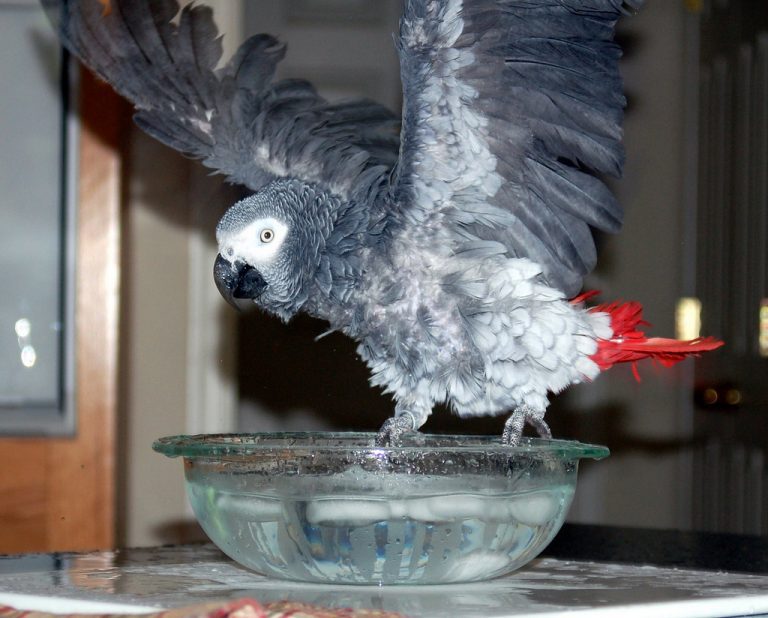
Once a week, you can offer the parrot to swim, but watch the temperature in the room, do not allow the bird to become hypothermic. During molting, all the energy of the parrot goes to restore plumage and its body becomes more sensitive to temperature changes. You can spray the bird, draw warm water into a bathing suit, or put a bowl of wet herbs.
The presence of fresh branches of fruit trees can make it easier for the bird to scratch and give her pleasure.
Your support of the parrot during the molt will facilitate and speed up the process of plumage renewal. In a few weeks, the bird will become brighter than before and will again delight you with its singing and restless chirping.



